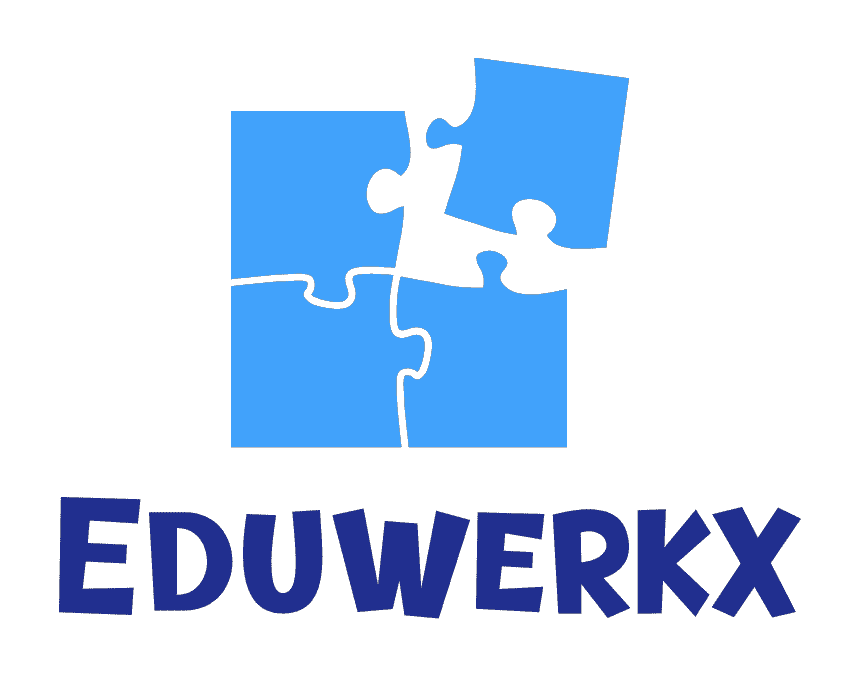Many people underestimate the value of training visual thinking, often unaware of the significant impact this can have on a child’s overall cognitive growth and performance. The visual cortex is one of the most influential and deeply connected regions of the brain, directly linked to many key functions like memory, attention, emotions and cognitive skills. This deep integration makes sense, after all, our brains are wired to act instantly to what we see, as vision plays a critical role in how we navigate the world around us. Strengthening visual thinking isn’t just about seeing better, it’s about thinking smarter, faster and better.
Why Thinking in Words Isn’t Helping Your Child Grow as Much as You Think?
Many of us spend decades refining our word-based thinking, unaware of the untapped power of visual thinking. Yet despite all that effort, we often see little improvements in memory, skills and abilities. It’s not entirely our fault, considering how there aren’t many effective ways to train visual thinking out there. Word-based learning works well when grasping basic concepts and facts, such as the names of animals or cities. But as ideas become more complex, they often hit what you might call a “comprehension ceiling”. Think of it like trying to build a Lego model using only written instructions—no diagrams, no pictures.
A child might be able to follow each step in isolation, but it’s hard to grasp how the pieces fit together or what the final structure should look like. Some children might say, “It makes sense when the teacher explains it, but I just can’t figure it out on my own.” They have reached the limits of what word-based, step-by-step thinking can do on its own. Without the support of visuals, even if a child can clearly explain how something works or argue their point logically, they often struggle with translating that knowledge into real-world application.
This gap between explanation and execution is similar to a salesman who speaks persuasively and appears to know everything, but stumbles when it comes to the actual work. Words-based learning works great if the goal is short-term memory and simple recall. When paired with study techniques, children are trained to become skilled recorders of information—they can capture details, store them in words and repeat them when asked. This is the very definition of success in some schools today, and what so many parents proudly aim for. Unfortunately, our brains don’t actually work that way—which is why verbal learning alone can only take us so far when it comes to development and real understanding.
There are many reasons for this, but we are going to focus on just one: the cognitive load of processing verbal information. Our working memory can typically hold only about seven separate pieces of information at once, but when it comes to more complex information, that number drops to around three or four. When you go beyond that limit, you will find your mind straining to keep up. It’s like trying to keep multiple phone numbers in your working memory simultaneously, if you try to hold more, you lose track of earlier numbers as new ones come in. This mental bottleneck makes it incredibly challenging for your child to see the full picture, which is why they might start a task confidently but then quickly lose focus or interest as it gets more complicated when the number of variables increase.
If basic understanding requires holding 20 or more interconnected pieces of information to spot patterns, make connections or gain insights—then relying on verbal information alone creates a serious problem since our brain can only handle 3 or 4 pieces at a time. True understanding exists on multiple levels, and it’s something that words alone can never achieve. To truly grasp complex ideas, visual elements aren’t optional—they’re essential. Visual thinking allows you to hold far more than just 3 to 4 pieces of information at a time, and with practice, that capacity increases dramatically. That’s why, if you want to become a super learner—someone who not only absorbs information quickly but understands and uses it effortlessly—you need to upgrade to visual thinking.
But here’s a question worth asking: Are all visuals equally effective for learning? Just like how automation tools can vary in quality and impact, some images or even videos are far more effective than others at boosting understanding and retention. But even for those eager to develop visual thinking, most people don’t know where to start or end up using it in ways that barely scratch the surface of its true power. So, what explains this gap? Like and follow to find out!
